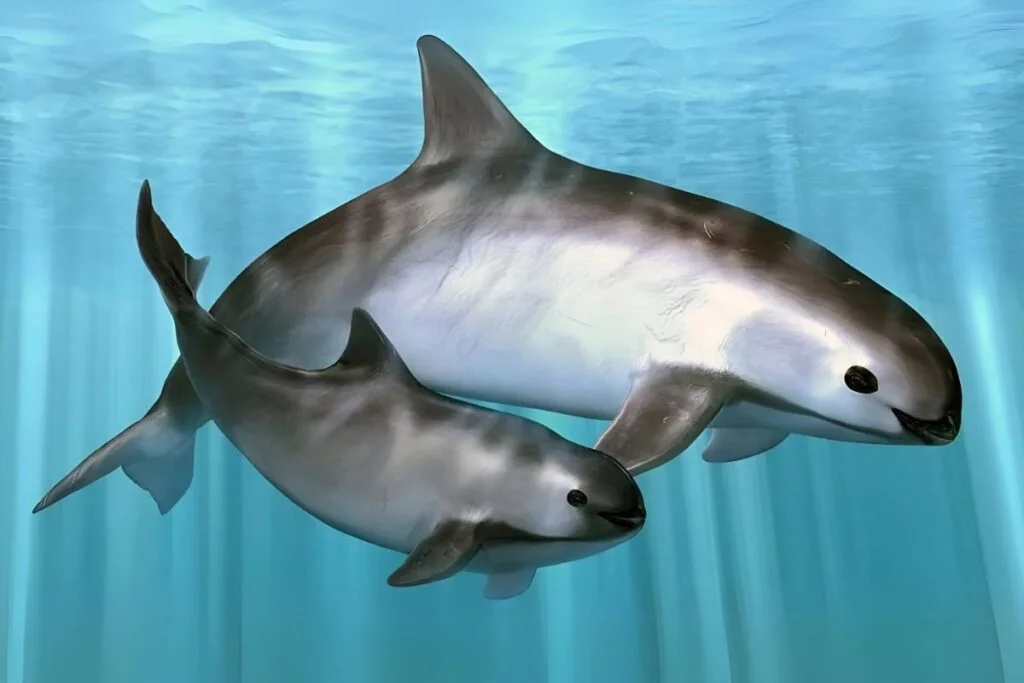innovuscollege.com – Sharks are some of the most formidable and mysterious creatures of the ocean. Known for their power and predatory instincts, sharks exhibit a variety of unique behaviors that help them thrive in the wild. From hunting techniques to mating rituals, the behaviors of sharks are not only remarkable but also crucial for their survival. Here are some of the most fascinating and unique behaviors of sharks:
1. Electroreception: Navigating with “Shark Sensors”
Sharks are equipped with an extraordinary ability to detect electrical fields in the water, a phenomenon known as electroreception. This behavior is enabled by specialized sensory organs called ampullae of Lorenzini, which are found on a shark’s head. These sensitive organs allow sharks to detect the electrical signals emitted by the muscles and nerves of other animals, making it easier for them to locate prey, even when it is hidden under the sand or in dark, murky water. This ability is especially useful for species like the hammerhead shark, which uses it to hunt in places where vision is limited.
2. The Migratory Journey: Sharks as Ocean Travelers
Sharks are known for their long-distance migrations, and their ability to travel thousands of miles across oceans is nothing short of incredible. Species like the great white shark and hammerhead shark have been tracked migrating to specific locations for breeding or feeding. These migrations are often influenced by factors like temperature changes, food availability, and reproductive cycles. For instance, the great white shark’s annual migration along the coastlines of California and Mexico is one of the most well-documented migratory patterns, with sharks traveling from cold to warm waters as they seek mating opportunities.
3. Breeding Behavior: Mating and Courtship Rituals
Sharks have interesting and sometimes complex mating behaviors, which vary between species. Some sharks engage in ritualistic courtship behaviors before mating. For example, male sharks often bite or nip at the female’s fins or body as part of the mating ritual, which is believed to be a way of showing dominance or ensuring the female’s cooperation. The hammerhead shark is known for its unique mating behavior, where males will often pursue females in circular patterns before the actual copulation occurs. In some species, females can store sperm for months, allowing them to fertilize their eggs when conditions are optimal.
4. Cooperative Hunting: Teamwork in the Ocean
While sharks are often depicted as lone hunters, some species engage in cooperative hunting, where they work together to capture prey. One of the best examples of this behavior comes from the blacktip reef shark, which hunts in coordinated groups. These sharks are known to swim in formation, corralling schools of fish into smaller areas and making it easier for the group to strike. Similarly, some species of sharks, like the nurse sharks, have been observed sharing feeding grounds and taking turns at meals. Cooperative hunting is rare in sharks but can be observed in some species that rely on teamwork to catch fast or elusive prey.
5. Breathing Behavior: Spiracle and Ram Ventilation
Sharks have a unique way of breathing, which sets them apart from most other fish. Instead of using their gills alone to extract oxygen from water, many sharks use ram ventilation, which involves swimming with their mouths open to force water over their gills. This continuous flow of water allows them to breathe as they move through the ocean. However, not all sharks use this method. Species like the nurse shark have adapted to pump water through their gills using special spiracles—small openings behind their eyes—when they are resting or lying still on the ocean floor. This adaptation allows them to breathe while stationary, which is helpful in environments like coral reefs.
6. The “Shark Sleep” Phenomenon: Rest Without Resting
Sharks don’t sleep in the same way humans or other animals do. Instead of entering a deep sleep, sharks engage in a behavior known as unihemispheric slow-wave sleep. This means that one hemisphere of the shark’s brain remains active while the other “rests.” This allows sharks to keep swimming and maintain awareness of their surroundings, which is essential for avoiding predators and catching prey. Some species, like the great white shark, are even capable of shutting down one side of their brain for rest while the other side continues to manage movement and respiration.
7. Shark “Communication” Through Body Language
Sharks communicate with each other through body language and behavior, which can be observed in their interactions with other sharks, particularly during mating or territorial disputes. Aggressive displays, like arching the back, swimming in tight circles, or making sudden movements, are often used by male sharks during courtship or to establish dominance. In some cases, sharks may display submissive behaviors, like rolling over on their backs, especially when a larger or more dominant shark is present. These nonverbal cues play a significant role in helping sharks navigate social hierarchies.
8. Feeding Frenzies: The Shark’s Feeding Behavior
One of the most dramatic and well-known behaviors of sharks is their feeding frenzy. A feeding frenzy occurs when sharks, often triggered by the scent of blood or distress signals from injured prey, become intensely focused on eating. In these situations, sharks can become highly aggressive, often swarming the prey in a chaotic manner. Although these frenzies are a spectacle to behold, they don’t always involve actual attacks on humans—most of the time, the sharks are focused on capturing smaller marine animals like seals or fish. The frenzy behavior is part of their natural hunting instinct, allowing them to take advantage of a sudden abundance of food.
Conclusion: The Mystery and Majesty of Sharks
Sharks are among the most fascinating creatures in the ocean, with unique behaviors that reflect their adaptability and survival instincts. From their sophisticated hunting strategies to their exceptional sensory capabilities, sharks continue to captivate scientists and ocean enthusiasts alike. As we continue to study these magnificent predators, we gain a deeper understanding of the complex roles they play in marine ecosystems and their incredible ability to thrive in the wild.





